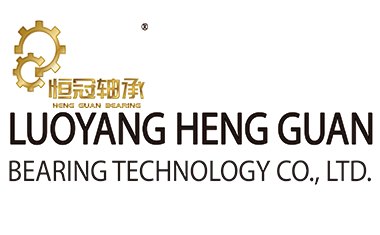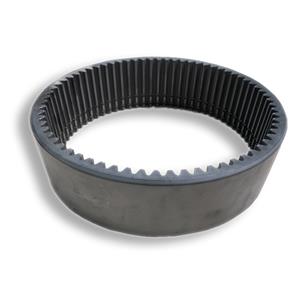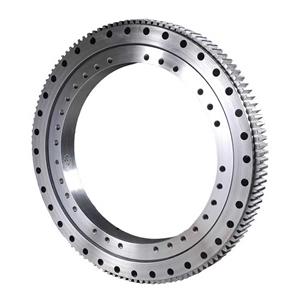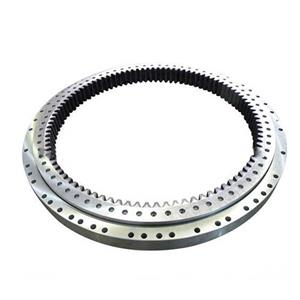How to choose bearing type?
Different types of bearings have different properties due to different designs. There is no fixed pattern to follow when selecting bearing types. This is because of the variability and complexity of the specific installation locations of bearings and application situations, in order to adapt to the installation locations and application conditions specified by a certain host.
When selecting a bearing type, there are several factors to consider:
1. Allow space
When designing machinery, the size of the shaft is generally determined first, and then the bearings are selected based on the size of the shaft. Usually, ball bearings are used for small shafts; cylindrical roller bearings, spherical roller bearings, and tapered roller bearings are used for large shafts). If the radial space of the bearing installation part is limited, a bearing with a smaller radial cross-section height should be used. Such as needle roller bearings, certain series of deep groove ball bearings, angular contact ball bearings, cylindrical roller or spherical roller bearings and thin-walled bearings. If the axial space of the bearing installation location is limited, bearings with smaller width dimensions can be used.
2. Bearing load
Load size Load size is usually the determining factor in selecting bearing size. Roller bearings have a greater load capacity than ball bearings with the same external dimensions. Generally, ball bearings are suitable for light or medium loads, and roller bearings are suitable for heavy loads. For pure radial load, deep groove ball bearings and cylindrical roller bearings can be used. For pure axial load, thrust ball bearings and thrust cylindrical roller bearings can be used. When there are radial loads and axial loads, angular contact ball bearings or tapered roller bearings are generally used. If the radial load is large and the axial load is small, deep groove ball bearings and cylindrical roller bearings with ribs on the inner and outer rings can be used. If there is also large deformation of the shaft or housing and poor installation alignment, spherical ball bearings or spherical roller bearings can be used. If the axial load is large and the radial load is small, thrust angular contact ball bearings can be used. If four-point contact ball bearings also require aligning performance, thrust spherical roller bearings can be used.
3. Speed
The operating speed of rolling bearings mainly depends on their allowable operating temperature. Bearings with low frictional resistance and less internal heat are suitable for high-speed operation. When only bearing radial load, deep groove ball bearings and cylindrical roller bearings can be used to achieve higher speeds. If bearing combined loads, angular contact ball bearings should be selected. Using specially designed high-precision angular contact ball bearings, high speeds can be achieved. The rotational speeds of various thrust bearings are lower than those of radial bearings.
4. Rotation accuracy
For most machinery, bearings with 0 tolerance are sufficient to meet the requirements of the host machine. However, when there are strict requirements for the rotation accuracy of the shaft, such as machine tool spindles, precision machinery and instruments, etc., deep groove ball bearings and angle bearings with higher tolerances should be selected. Contact ball bearings, tapered roller bearings, cylindrical roller bearings and thrust angular contact ball bearings.
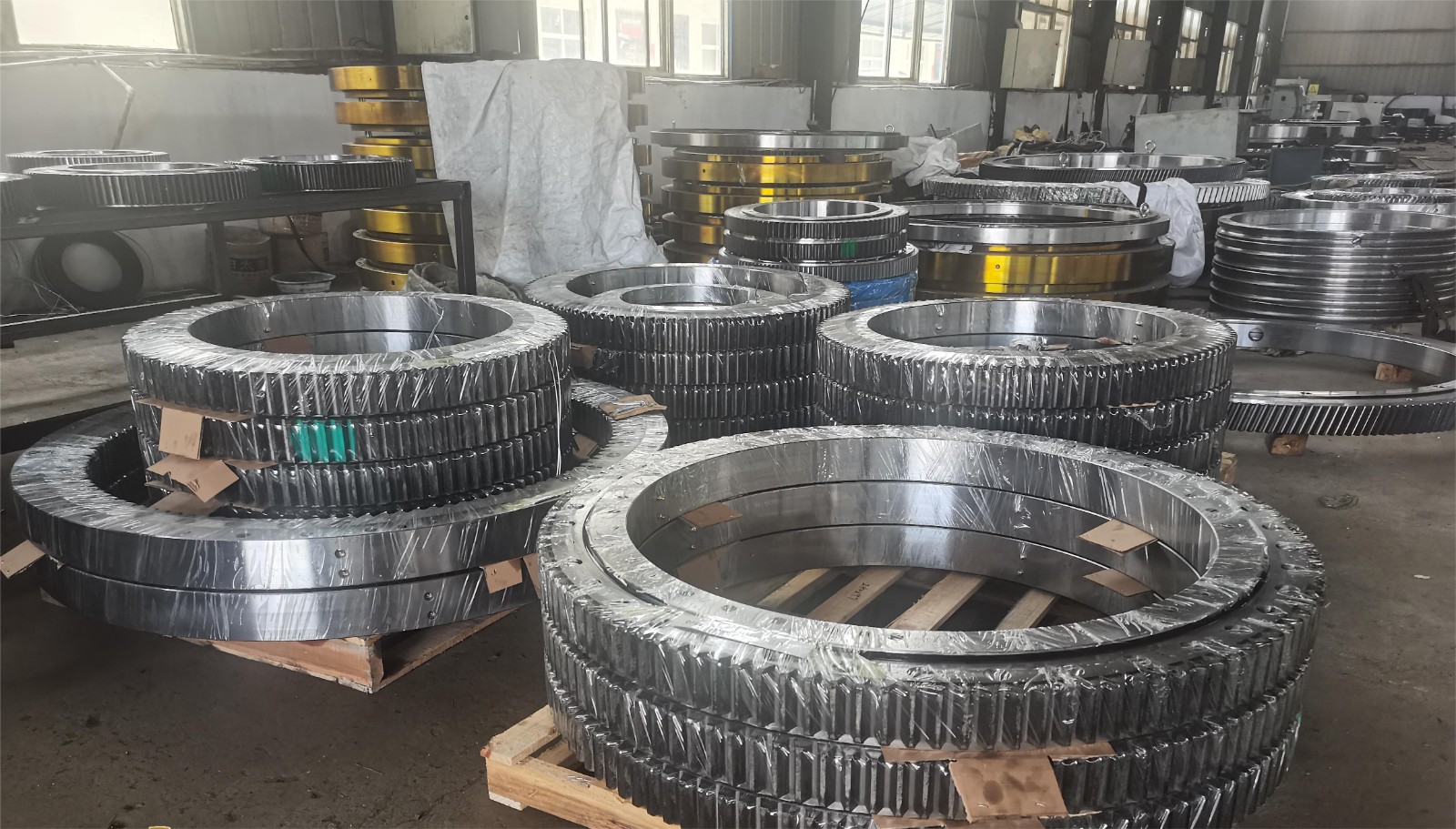
5. Rigidity
The rigidity of a rolling bearing is determined by the amount of elastic deformation that occurs when it is loaded. Generally, this deformation is very small and can be ignored. However, in some machinery, such as machine tool spindle systems, the static stiffness and dynamic stiffness of the bearings The impact on the system is huge. Bearing people in the WeChat industry! Generally speaking, roller bearings have higher stiffness than ball bearings. The rigidity of various types of bearings can also be improved to varying degrees through appropriate "preloading".
6. Noise and vibration
The noise and vibration of the bearing itself are generally very low. However, low-noise bearings are usually used for small and medium-sized motors, office machinery, household appliances and instruments that have special requirements for noise and smooth operation.
7. Axial movement
The common arrangement of bearings is a "fixed bearing" that is axially positioned on the installation sleeve of the shaft, and a "traveling bearing" that is axially movable in another installation sleeve to prevent jamming due to thermal expansion and contraction of the shaft. The commonly used "swimming bearings" are cylindrical roller bearings with no ribs in the inner ring or outer ring. In this case, the fit between the inner ring and the shaft or the fit between the outer ring and the shell hole can be an interference fit. Sometimes non-separable deep groove ball bearings or spherical roller bearings can be used as traveling bearings. However, when installing, the inner ring and the shaft or the outer ring and the outer ring should choose a clearance fit to ensure that the inner ring or outer ring has Sufficient freedom of axial movement.
8. Friction torque
The friction resistance of ball bearings is smaller than that of roller bearings. When pure radial loads act, the friction resistance of radial contact bearings is small; when pure axial loads act, the friction resistance of axial contact bearings is small; when combined loads act, the friction resistance of bearings Angular contact bearings with angles close to the load angle have low friction resistance. In instruments and machinery that require low friction torque, ball bearings or cylindrical roller bearings are more suitable. Bearing people in the WeChat industry! In addition, contact seals should be avoided for low friction torque bearings. At the same time, it is recommended to use dripping lubrication, oil-gas lubrication or other lubrication methods that are beneficial to reducing friction.
9. Installation and disassembly
Bearings with cylindrical inner holes are used in machinery with frequent installation and disassembly. Separable angular contact ball bearings, tapered roller bearings, separable cylindrical roller bearings, needle roller bearings and thrust bearings should be preferred. Bearings with a conical inner hole can be installed on the journal, or on the cylindrical journal with the help of an adapter sleeve or withdrawal sleeve. It is easy to install and disassemble.
